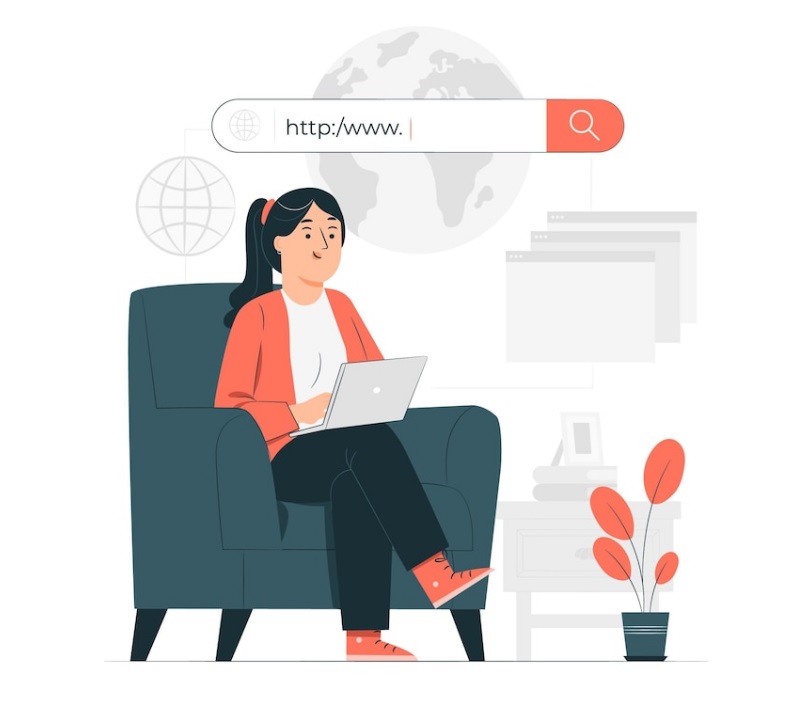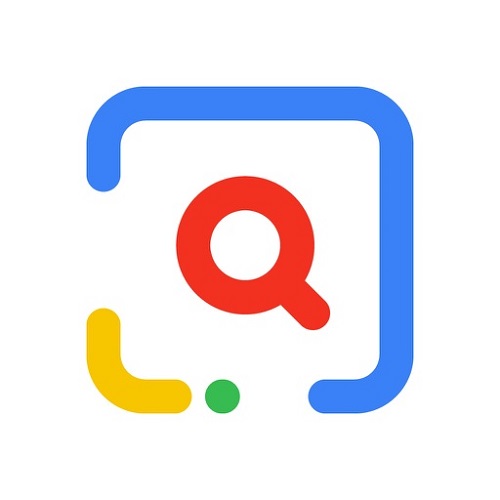Having a tool capable of searching for similar images on the Internet is becoming increasingly necessary. After all, as jobs go digital, more and more jobs require professionals to be able to work with images.
And although at first it seems that simply knowing how to search for images on Google might be enough, traditional search engines are just not the right choice for when you need to find the first source or author of a particular or similar image or search for different places where the same photo was shared.
That is why more and more professionals are finding the usefulness of reverse image search tools. But what is reverse image search exactly? To put it simply, It is the process of using a reference image to perform a search and find all the times that image has been published before.

Reverse image search is widely performed, for example, by graphic designers who need to find out if the images they are about to use are not protected by copyright. With a simple reverse search of the image, they can access the first source, verify its authorship and be sure that he allows it to be used or modified.
Journalists also go through this process every time they need to check if an information is false. Whenever a publication with a photo of the alleged event goes viral, they can perform a reverse search of the photo to verify its veracity and thus avoid falling into a fake-news.
Performing reverse image search has become so common that it is no longer only done by professionals. As digital scams become more frequent, in which someone is contacted by a false profile that encourages them to enter a link with the intention of stealing their data or extorting money, many people realized that, by performing a reverse search of their profile photo the can verify that it does not belong to the person who is speaking to them and thus avoid falling into the trap.
The process is becoming more and more popular, proof of this is that more and more APIs to perform reverse image search and find similar images are getting into the market every year. Each of them has its advantages and disadvantages and was designed with one use or another in mind.

One of the most used today is none other than the Reverse Image Search API, Zyla Labs’ answer for all those who need to check the veracity and use of an image or if it is protected by copyright.
Probably the reason for its popularity is its ease of use. By simply putting the image URL into the search engine, Reverse Image Search API will return results for all the similar images it can find on the various indexed search engines.
Reverse Image Search API also has different options to filter the search. In this way, the tool can be used to verify, for example, how many times the image of a company has been shared and thus evaluate the success of a marketing campaign.
The API has different plans depending on the number of searches or responses that are intended to be obtained. The most basic plans are designed for users who are just getting to know the benefits of this process, and when they see the benefit it can bring to their projects, they can start acquiring more services and features.
You may not have needed to perform a reverse search yet, but with so many images being uploaded and shared on the web every day, it’s only a matter of time before you need an API to help you track the image you need. Reverse Image Search API is a good tool to start getting familiar with the process.


